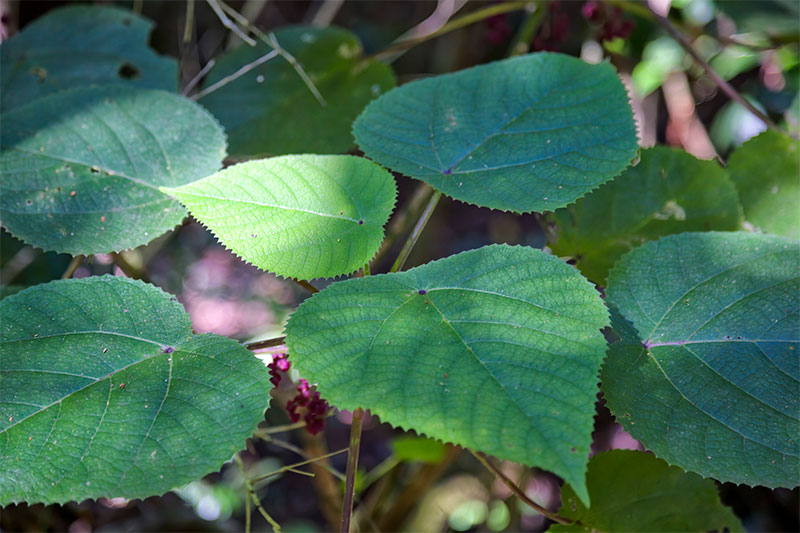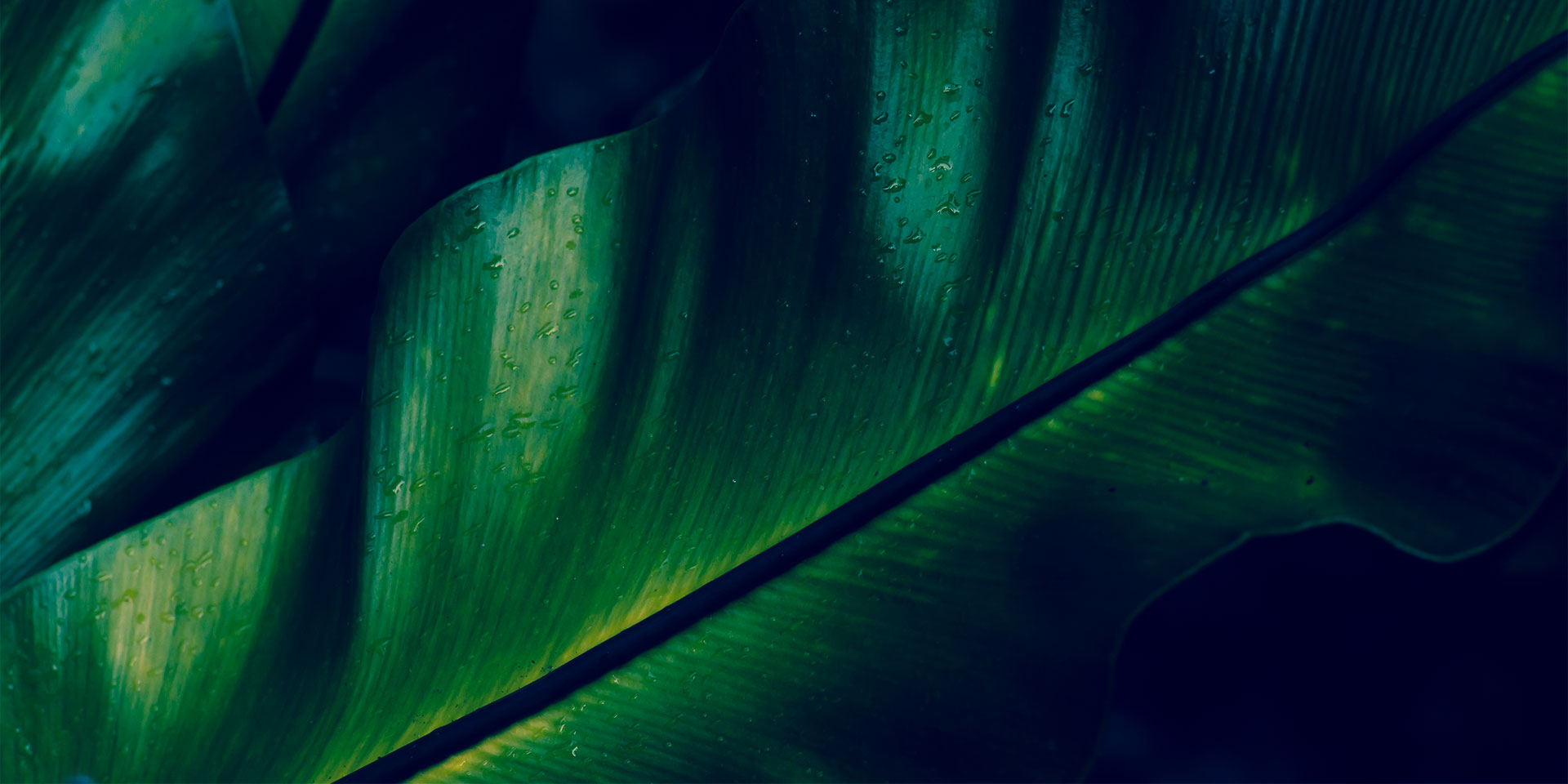My brother and I were thrashing through the bush en-route to a peak overlooking Airlie Beach in far North Queensland. A short hike that was only meant to be 800 metres seemed to go on forever. We stopped every person returning from the lookout to enquire about how much longer it would take for us to get there. “Oh, just another 10 minutes,” they would all say. Another 10 minutes and another passer-by, the cycle seemed to repeat itself. We were driven to our destination by sheer force of optimism.
The steep incline and muddied tracks also made for good opportunity for my brother to educate me about some of the local flora. “There’s a plant in Queensland that, when you touch it, the pain is so bad that you want to kill yourself,” he told me. “There’s a story that one man used it as toilet paper, and he committed suicide because he couldn’t bear the pain.”
Thoughts of the suicide plant, as it is known, remained etched in my mind as we reached the lookout, took some photos and then descended the mountain. Having no idea how the plant looked, I began questioning whether every plant we passed was the infamous suicide plant. “Look man, it has a massive leaf and is covered in tiny hairs,” my brother told me. “You’ll know when you see it.”

Dendrocnide moroides is the scientific Latin name for the plant that has also been called the stinging brush, moonlighter and even the gympie gympie. Merely brushing against the plant’s leaf will stab your body with countless microscopic needle-like hairs. The pain allegedly feels like being electrocuted and baptised with acid—at the same time. There’s no cure; trying to remove the tiny hairs is nigh-on impossible, and even attempting this feat could break the needles, causing even greater pain. There’ve been reports that excruciating pain from the moonlighter plant can last for months and, in some case, years.
Can you believe that earth’s downfall also started with a tantalising plant?
You’d have to be an idiot to even approach this plant, right? Even though the plant’s intentions are fundamentally evil, it has one trick up its sleeve to entice passers-by. It spawns a beautiful red berry hanging off its stems, tantalisingly swaying in the wind and capturing people’s attention. Even in Australia where pretty much all of nature is out to murder you, some people have fallen into the trap of attempting to wrangle the moonlighter plant to reach its berry.
Can you believe that earth’s downfall also started with a tantalising plant? In this case it was the tree of the knowledge of good and evil. Adam and Eve, the original humans who God had created to enjoy earth, were given the blessing of chilling in the Garden of Eden; an idyllic and lush setting filled with heaps of awesome trees, plants and animals. But just like a very clear sign saying “Do Not Touch”, God told Adam and Eve, “You must not eat from the tree of the knowledge of good and evil, for when you eat from it you will certainly die” (Genesis 2:17).
Fair enough, right? The instructions were clear as day. Most Christians have deduced that the forbidden fruit was an apple, leading to a man’s larynx colloquially being called an Adam’s apple. Notable rabbis have speculated that it was a grape, while others claim that it was a fig; based on the later reference to Adam and Eve covering themselves with fig leaves. In this humble writer’s opinion, the fruit was a date: it’d have to take the best fruit in the world to convince someone to trigger the downfall of humankind.
But it wasn’t the fruit alone that tipped Eve over the edge; but rather Satan in disguise as a serpent, planting seeds of doubt: “You will not certainly die” (Genesis 3:4). The harmless-looking plant, combined with Eve’s uncertainty about the validity of God’s initial command to stay away, led her to disobey. She took the fruit and ate it, and shared some with her husband, Adam.
Allowing doubt to creep into our minds about whether God wants the best for us or not is a trap. That trap can be harmful and destructive for ourselves and our families.
It wasn’t the plant that caused sin, it was Adam and Eve disobeying God. Just like many locals in Queensland know to give the moonlighter plant a wide berth because of its toxicity, earth’s original caretakers knew that approaching the tree was a major no-no. And even worse than the unbearable suffering caused by the moonlighter plant is a whole planet now wracked with selfishness, sin and decay, “groaning as in the pains of childbirth” (Romans 8:22)—a result of the choice made in the Garden that day.
That’s how sin works. We get suckered into thinking that we can break God’s commandments and it’ll be fine, but there are always consequences. It hurts us and the people around us. The world is filled with so many broken families as a result of infidelity. That’s why the Bible outlines in the 10 commandments, “You shall not commit adultery” (Exodus 20:14). It later expands on this concept and says, “anyone who looks at a woman lustfully has already committed adultery with her in his heart” (Matthew 5:28). Allowing doubt to creep into our minds about whether God wants the best for us or not is a trap. That trap can be harmful and destructive for ourselves and our families.
Ultimately, because God knows what’s best for us, He tells us to stay away from certain things. He outlines these in the Bible, not because He wants us to experience major FOMO, but because He knows what can happen when we indulge. Just like how an inconspicuous-looking plant can drive people to insanity from pain.
If there’s someone you can trust that knows what He’s doing, surely it’s the Creator of the universe.
Daniel Kuberek is assistant editor of Signs of the Times Australia and lives in Sydney. While he’s now wary of the moonlighter plant, he’s not afraid to go off the beaten track in search of great moonlit photos.
This article first appeared in Signs of the Times Australia.



















